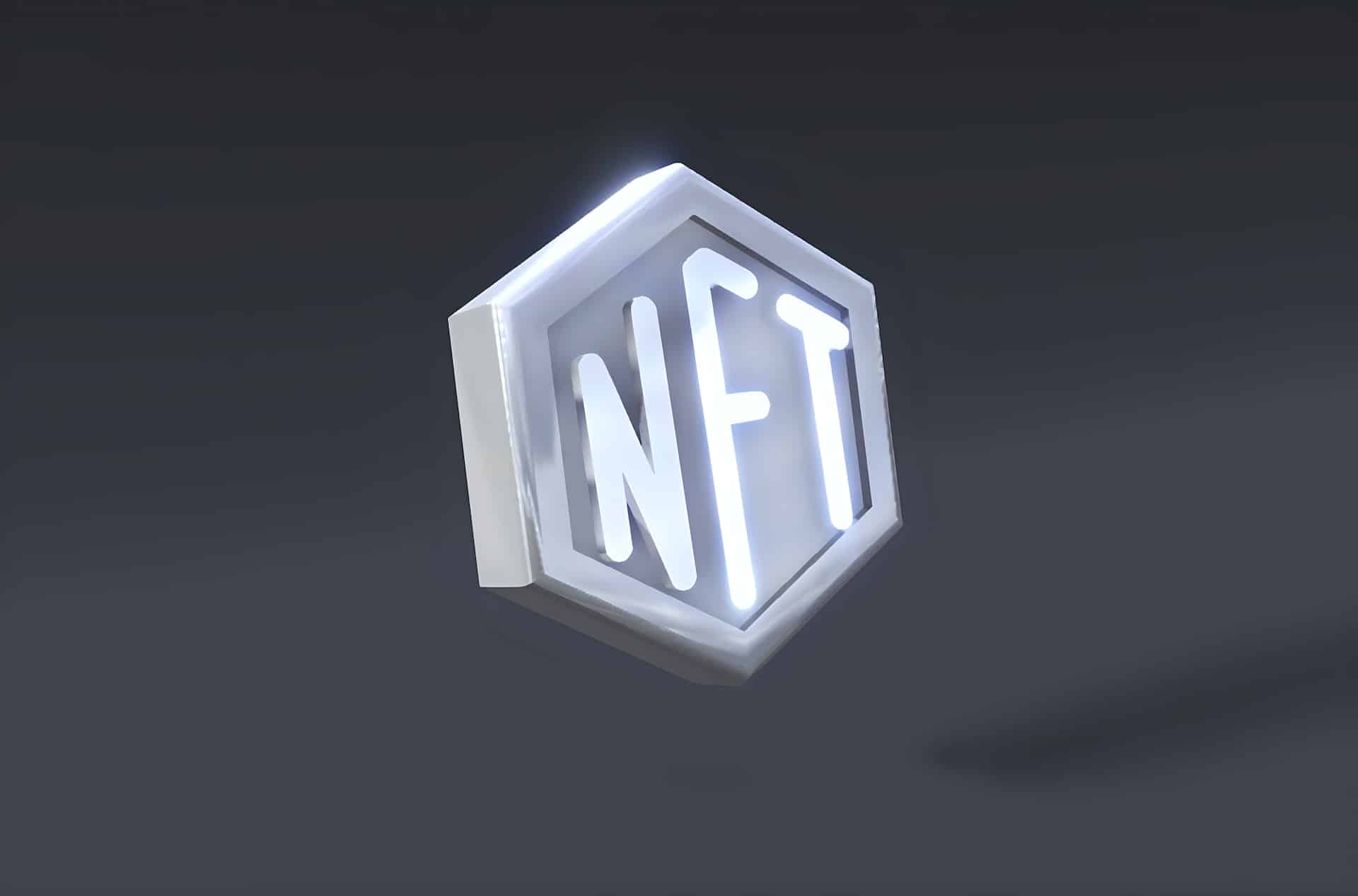NFT farming is a new concept in Web3 that merges DeFi and NFT technology, allowing NFT holders to earn a yield on their tokens. Read on to learn what NFT farming is, how it works, and where you can farm.
What Is NFT Farming?
Before discussing what NFT farming is, let’s first define what NFTs are and briefly describe yield farming.
NFTs are digital tokens recorded on a blockchain that represent unique digital or physical assets like digital art, music, or even physical assets like real estate. Yield farming, on the other hand, is the practice of depositing crypto assets in a decentralized liquidity pool to receive rewards paid out in tokens.
With the boom that the NFT and yield farming experienced independently, it didn’t take long before developers blended the concepts of NFTs and yield farming to create NFT farming (or NFT yield farming) as a way for NFT owners to generate income by deploying their NFTs in the DeFi market.
NFT farming involves staking NFTs in exchange for a reward in tokens or, alternatively, staking tokens to earn NFTs as a reward. Unlike traditional yield farming, where you have to deposit crypto assets into a liquidity pool to earn tokens as a reward, NFT farming uses NFTs rather than fungible tokens.
NFT yield farming enables NFT holders to create liquidity and utility for their NFTs, which would otherwise be considered illiquid digital assets.
When DeFi Meets NFTs: How Does NFT Farming Work?
The NFT farming process differs slightly from platform to platform, but in general, it involves staking an NFT in exchange for token rewards or depositing tokens to receive rewards in the form of NFTs.
To start NFT farming, you will require a crypto wallet and an NFT that you would like to deposit to earn yield. Next, you deposit your NFT in an NFT farming pool of your choice. Once your token is deposited, you will start earning rewards.
Alternatively, you deposit fungible tokens (typically the native token of the platform) into an NFT farming pool and start earning rewards paid out in NFTs.
The most common place to farm NFTs are blockchain games. Here, users can stake in-game items (in the form of NFTs) and, in exchange, earn the game’s token. On the other hand, they can also stake their tokens and receive NFTs.
Axie Infinity, for instance, is one of the most well-known blockchain games that offer NFT farming as a feature. In Axie Infinity, players get to earn SLP tokens, which they can use to mint NFTs in the form of new Axies.Examples of NFT Farming Platforms
Let’s take a look at two examples of NFT farming platforms.
- Aavegotchi: Aavegotchi is an Ethereum-based crypto collectible game where gamers can purchase and grow their own Aavegotchis, which are NFT avatars, that they use to explore the Aavegotchi ecosystem. Aavegotchi has Rarity Farming feature, which allows gamers to earn GHST tokens – the primary utility token in the Aavegotchi ecosystem – by staking their Aavegotchi ghosts NFTs.
- Mobox: Mobox is an NFT-driven gaming platform that combines yield farming and NFT farming. In the game, users can stake MOBOX (MBOX) tokens to unlock NFTs, called MOMOs. MOMO NFTs have different levels of rarity and can be used as in-game characters. Staking MBOX tokens also enables holders to earn the governance token veMBOX, which can be used to participate in the protocol’s governance decisions.
There are several other NFT farming platforms available in the market today. However, before using any NFT farming platform, do your research and only deploy an amount of tokens you can afford to lose.
Benefits and Drawbacks of NFT Farming
The main benefit of NFT farming is that it enables holders to earn yield on their non-fungible tokens. Moreover, it provides utility and liquidity to an otherwise illiquid crypto asset class.
However, just like with other aspects of blockchain, it’s not void of risks.
Most NFT farming protocols are relatively new and are yet to establish themselves as secure DeFi protocols. Therefore, the possibility of losing funds due to operational errors stemming from bugs in the code or cybertheft due to vulnerabilities in the protocol’s smart contract poses a real risk for NFT yield farmers.
Moreover, protocol tokens used in NFT farming platforms are typically very volatile, much like the values of NFTs, which means NFT farming – overall – is one of the riskier ways to earn yield in the crypto markets.
For now, NFT farming remains a niche concept, but should more platforms offering this service establish themselves, we could see more capital deployed in these protocols.




